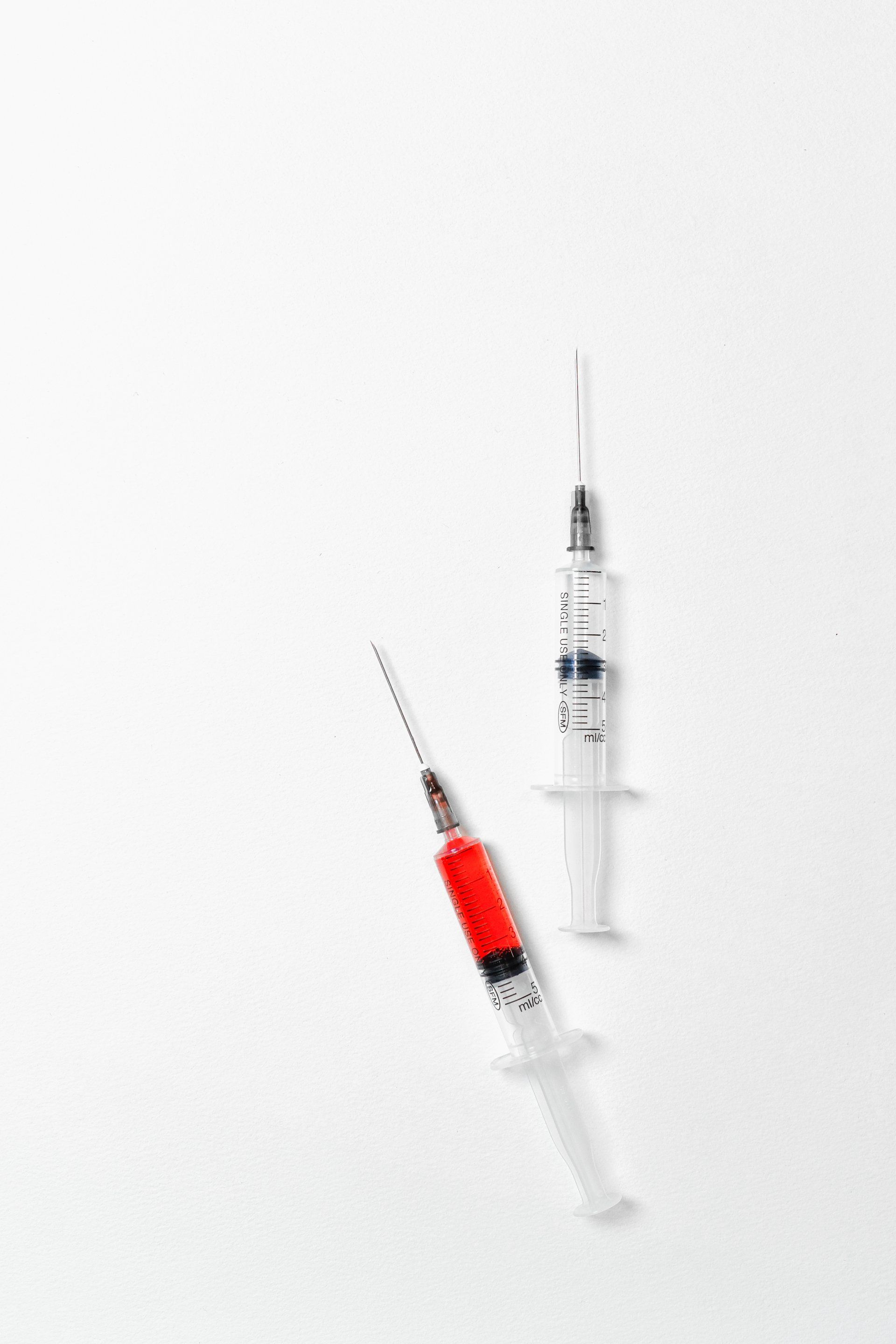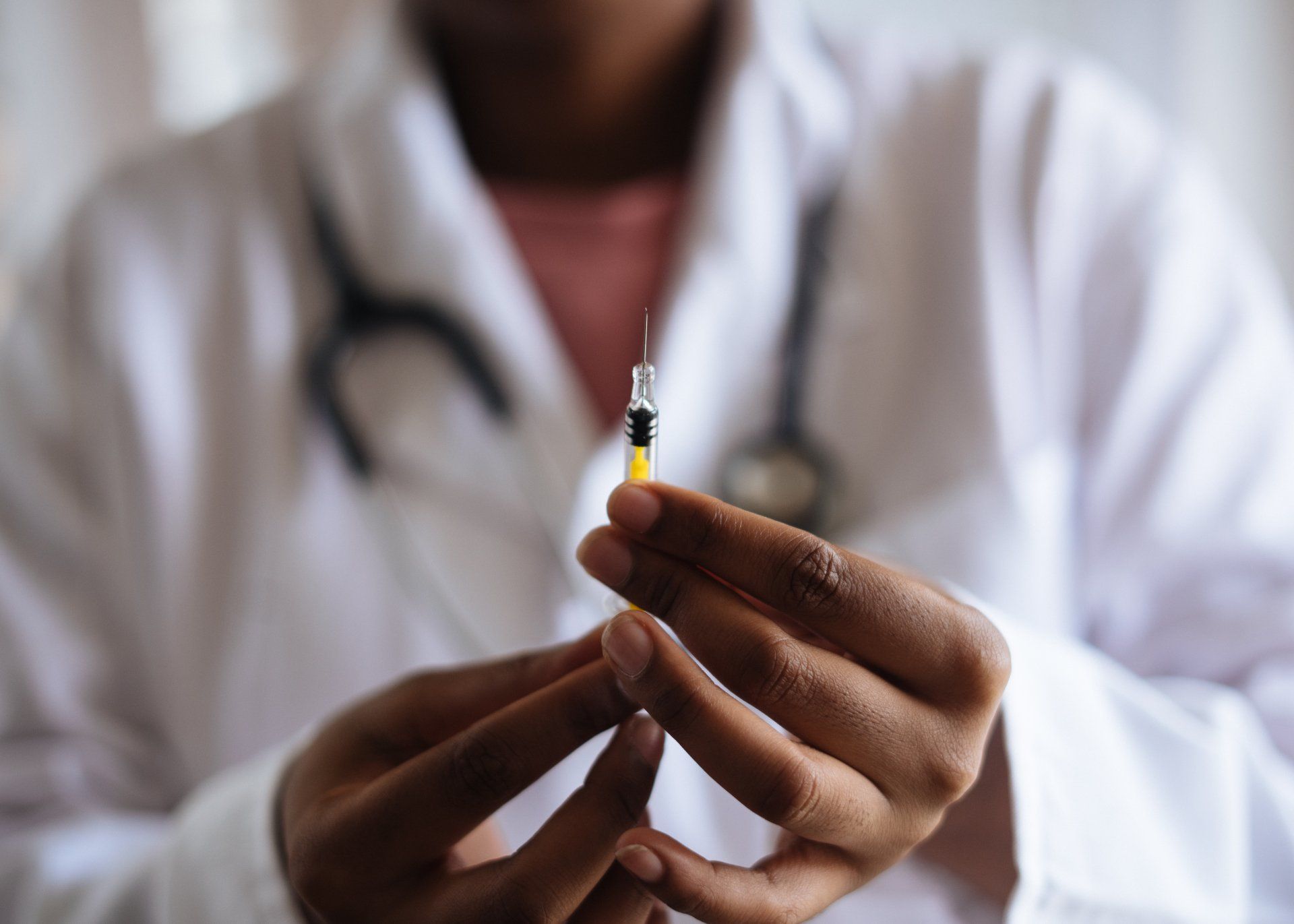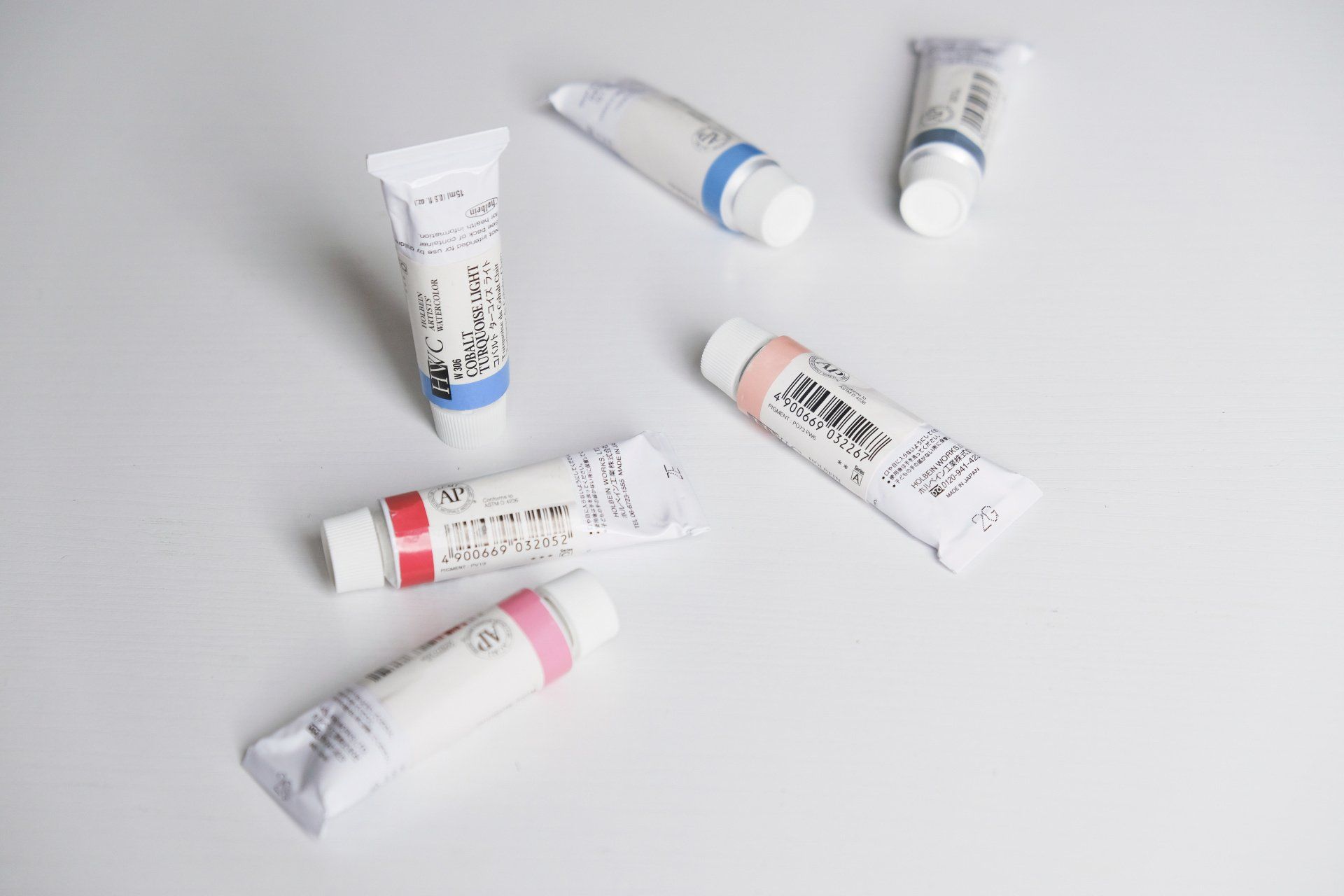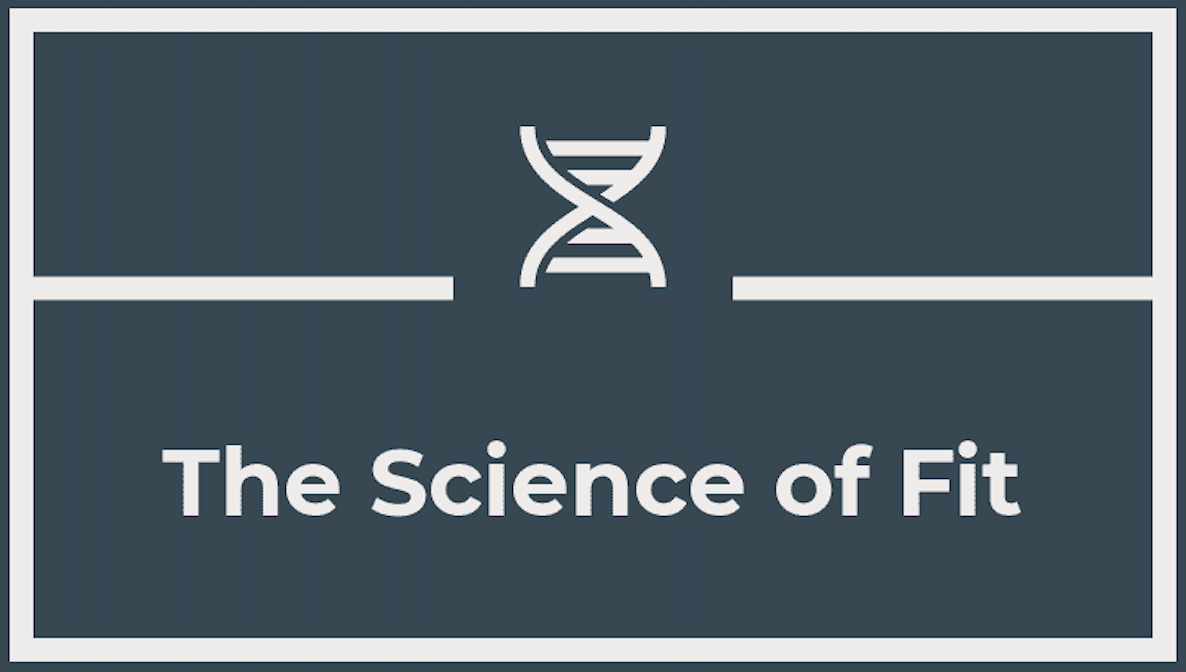Anabolic Steroids
A Brief History Lesson
Discovery and Early Use: Anabolic steroids were first synthesized in the 1930s and initially used for medical purposes, particularly in the treatment of hypogonadism and delayed puberty. They were also used to help patients recover from wasting diseases and injuries.
Popularity in Sports: In the 1950s and 1960s, anabolic steroids gained popularity among athletes, particularly bodybuilders and weightlifters, seeking to enhance their performance and physique. The use of steroids in sports was not initially regulated, and they were widely used without much scrutiny.
Medical Regulation: Concerns about the misuse and abuse of anabolic steroids led to increased medical regulation in the 1970s. In the United States, the Controlled Substances Act of 1970 classified anabolic steroids as Schedule III controlled substances, making their possession and distribution illegal without a prescription.
Athletic Bans: As the use of steroids in sports became more widespread, athletic organizations began implementing bans and testing protocols to deter their use. The International Olympic Committee (IOC) banned steroids in 1975, and many other sports organizations followed suit.
Scandals and Controversies: Throughout the 1980s and 1990s, numerous scandals and controversies emerged involving the use of steroids in sports. High-profile cases, such as the Ben Johnson doping scandal at the 1988 Olympics, brought public attention to the issue and increased pressure on sports organizations to address steroid use.
Regulatory Responses: In response to growing concerns about steroid use, governments around the world enacted stricter regulations and penalties for their possession and distribution. Law enforcement agencies began cracking down on the illegal manufacturing and trafficking of steroids, leading to arrests and prosecutions.
Development of Designer Steroids: As legal restrictions tightened, clandestine labs began producing "designer steroids" – modified versions of existing steroids that were not yet classified as controlled substances. These designer steroids posed significant challenges for regulators and anti-doping agencies in detecting and enforcing bans.
Modern Regulation and Oversight: Today, anabolic steroids are regulated as controlled substances in many countries, with strict laws governing their production, distribution, and use. They remain banned in most competitive sports, with athletes subject to regular testing for performance-enhancing drugs.
Overall, the legal history of anabolic steroids reflects a complex interplay between medical use, athletic performance, public health concerns, and regulatory responses. It is important to remember that every human produces their own endogenous steroid hormones at varying levels. It would be ignorant to label anything as good or bad without doing due research and understanding the topic so my goal is to educate you on what anabolics are and how they work. There are myriad other considerations, but for the point of this page we will focus on the science.




How are steroids administered?
Steroids are often complexed or formulated in various ways for different routes of administration. The goal is to optimize their delivery, absorption, and effectiveness while minimizing side effects. Here are some common methods of complexing steroids for use:
- Oral Tablets or Capsules: Steroids can be formulated into oral tablets or capsules for easy ingestion. In these formulations, the steroid is typically mixed with inactive ingredients (excipients) such as binders, fillers, and disintegrants to form a solid dosage form. These excipients help stabilize the drug, control its release, and improve its bioavailability.
- Injectable Solutions: Steroids can be dissolved or suspended in a liquid vehicle for injection. Injectable formulations may contain additional ingredients such as solvents, preservatives, and stabilizers to maintain the drug's stability and sterility. The choice of solvent and other additives can influence the rate of drug release and absorption.
- Topical Creams, Gels, or Ointments: Steroids intended for topical use are often formulated into creams, gels, or ointments. These formulations typically contain the steroid as the active ingredient along with a base that helps deliver the drug to the skin. The base may consist of emulsifiers, moisturizers, and penetration enhancers to facilitate absorption through the skin.
- Nasal Sprays: Some corticosteroids are formulated as nasal sprays for the treatment of allergic rhinitis or nasal congestion. These formulations typically contain the steroid dissolved or suspended in a solution optimized for nasal delivery. Excipients such as surfactants and isotonic agents may be included to improve nasal absorption and patient comfort.
- Inhalers: Corticosteroids used for the treatment of asthma or chronic obstructive pulmonary disease (COPD) can be formulated as inhalable aerosols or powders for inhalation. These formulations often contain the steroid in micronized form along with excipients such as propellants, carriers, and dispersants to ensure proper aerosolization and lung deposition.
- Implants: In some cases, steroids may be formulated into implantable devices for sustained release over an extended period. These implants are typically composed of biodegradable polymers that slowly release the steroid into the surrounding tissues over time, providing a long-lasting therapeutic effect.
The specific formulation and complexation methods used for steroids depend on factors such as the intended route of administration, desired pharmacokinetic profile, and therapeutic indication. It's essential to follow the instructions provided by healthcare professionals and pharmaceutical manufacturers when using steroid medications.
Testosterone
Where it all started. Testosterone is a hormone primarily produced in the testicles in males and in smaller amounts in the ovaries and adrenal glands in females. It belongs to a class of hormones known as androgens, which are responsible for the development and maintenance of male characteristics. It is one of the few drugs in this list that can be prescribed by a medical professional and also used illicitly.
The mechanism of action of testosterone, the primary male sex hormone, involves binding to androgen receptors in various tissues throughout the body. Here's an overview of its mechanism of action and the consequences of over-supplementation:
- Androgen Receptor Binding: Testosterone binds to androgen receptors present in target tissues such as muscle cells, bone cells, the prostate gland, and the central nervous system. Once bound, testosterone forms a complex with the androgen receptor.
- Translocation to the Nucleus: The testosterone-androgen receptor complex translocates to the nucleus of the cell, where it interacts with specific regions of DNA known as androgen response elements (AREs).
- Gene Transcription Regulation: In the nucleus, the testosterone-androgen receptor complex regulates the transcription of specific genes involved in various cellular processes. This leads to increased expression of genes responsible for muscle growth, bone density maintenance, libido, mood regulation, and other androgenic effects.
- Protein Synthesis Stimulation: Testosterone promotes protein synthesis in muscle cells, leading to an increase in muscle mass and strength. This effect is mediated by the upregulation of genes involved in protein synthesis pathways.
- Anabolic Effects: Testosterone also has anabolic effects on bone tissue, increasing bone density and strength. It contributes to the maintenance of bone health and helps prevent osteoporosis.
- Androgenic Effects: Testosterone is responsible for the development and maintenance of male secondary sexual characteristics, including facial and body hair growth, deepening of the voice, and enlargement of the Adam's apple. It also plays a role in libido (sex drive) and erectile function.
If testosterone is over-supplemented, either through excessive endogenous production or exogenous administration (such as testosterone replacement therapy or anabolic steroid use), several potential consequences may occur:
- Hormonal Imbalance: Excess testosterone can disrupt the body's natural hormone balance, leading to adverse effects on other hormones such as estrogen and cortisol.
- Liver Toxicity: Certain forms of exogenous testosterone, particularly oral formulations, can strain the liver and increase the risk of liver toxicity.
- Cardiovascular Risk: High levels of testosterone, particularly in the context of anabolic steroid abuse, have been associated with an increased risk of cardiovascular problems such as hypertension, heart attacks, and strokes.
- Suppression of Natural Testosterone Production: Over-supplementation of testosterone can lead to suppression of the body's natural production of testosterone, resulting in testicular atrophy and infertility.
- Psychological Effects: Excessive testosterone levels may contribute to mood disturbances, aggression, irritability, and other psychiatric symptoms.
- Acne and Skin Problems: Increased testosterone levels can exacerbate acne and other skin conditions, particularly in individuals predisposed to such issues.
Overall, while testosterone plays vital roles in the body, over-supplementation should be avoided to prevent potential adverse effects on health and well-being. It's essential to use testosterone supplementation under the guidance of a healthcare professional and in accordance with prescribed dosages.
Nandrolone (Deca-Durabolin)
Nandrolone is an anabolic steroid and synthetic derivative of testosterone. It is primarily used for its anabolic properties, promoting muscle growth and enhancing strength. Nandrolone is commonly sold under the brand names Deca-Durabolin and Durabolin. It is available in various formulations, including injectable solutions and oral tablets.
The mechanism of action of nandrolone, like other anabolic steroids, primarily involves binding to androgen receptors in various tissues throughout the body.
Here's how it works:
- Androgen Receptor Binding: Nandrolone binds to androgen receptors present in target tissues, such as muscle cells, bone cells, and the prostate gland. Once bound, it forms a complex with the androgen receptor.
- Translocation to the Nucleus: The nandrolone-androgen receptor complex translocates to the nucleus of the cell, where it interacts with specific regions of DNA known as androgen response elements (AREs).
- Gene Transcription Regulation: In the nucleus, the nandrolone-androgen receptor complex regulates the transcription of specific genes involved in protein synthesis, cell growth, and differentiation. This leads to increased expression of genes responsible for muscle growth and repair.
- Protein Synthesis Stimulation: Nandrolone promotes protein synthesis in muscle cells, leading to an increase in muscle mass and strength. This effect is mediated by the upregulation of genes involved in protein synthesis pathways.
- Nitrogen Retention: Nandrolone also enhances nitrogen retention in the body, which is crucial for maintaining an anabolic state conducive to muscle growth. By promoting nitrogen retention, it reduces protein breakdown and enhances muscle recovery after exercise or injury.
- Erythropoiesis Stimulation: Nandrolone has been shown to stimulate the production of red blood cells (erythropoiesis) in the bone marrow. This can lead to an increase in red blood cell count and oxygen-carrying capacity, potentially enhancing endurance and athletic performance.
Overall, the primary mechanisms of action of nandrolone involve enhancing protein synthesis, promoting muscle growth, increasing nitrogen retention, and stimulating erythropoiesis. These effects contribute to its anabolic properties and potential for enhancing athletic performance. However, it's important to note that the non-medical use of nandrolone can have serious health consequences and should be approached with caution.
Nandrolone is often used in medical settings to treat conditions such as muscle wasting diseases, osteoporosis, anemia, and certain types of breast cancer. However, its use for these purposes has decreased over time due to the availability of other treatment options and concerns about side effects.
In the realm of sports and bodybuilding, nandrolone is frequently used illicitly to enhance athletic performance and physical appearance. However, its use for non-medical purposes is illegal and banned by most sports organizations due to its potential for abuse and adverse health effects.
Like other anabolic steroids, nandrolone can cause a range of side effects, including acne, oily skin, hair loss, gynecomastia (enlargement of breast tissue in males), liver toxicity, cardiovascular issues, and suppression of natural testosterone production. Prolonged use of nandrolone may also increase the risk of tendon injuries and joint pain.
Stanozolol (Winstrol)
Coming Soon
Oxandrolone (Anavar)
Coming Soon
Methandrostenolone (Dianabol)
Coming Soon
Trenbolone
Coming Soon
Boldenone (Equipoise)
Coming Soon
Methenolone (Primobolan)
Coming Soon
Drostanolone (Masteron)
Coming Soon
Fluoxymeseterone (Halotestin)
Coming Soon


